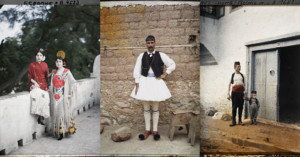
Museum Releases Early Color Photos of a Vanished World a Century Ago
Stunning color images recently made available in high resolution by a French museum capture much of the world as it was transformed by technology and geopolitics 100 years ago.

Stunning color images recently made available in high resolution by a French museum capture much of the world as it was transformed by technology and geopolitics 100 years ago.
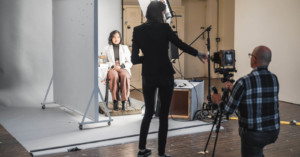
Cased daguerreotypes are among the oldest photographic images in Australian gallery, library, and museum collections.
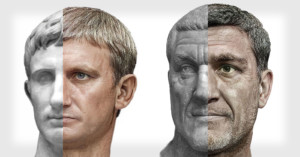
Sculpted busts give us an idea of what ancient Roman emperors looked like, but what if they had posed for photo portraits? That's what designer/cinematographer Daniel Voshart explores using AI and Photoshop in his Roman Emperor Project.

When I was maybe six years old, my father introduced me to Nathan’s. We had dropped off his mother at her what was to me dreary apartment. That woman never seemed happy to me, and it wasn’t until I became an adult, I understood why.
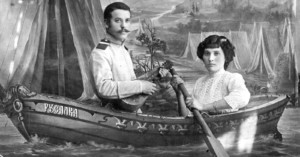
Back in the Tsarist era, a fad for posing in fake boats, planes, and automobiles resulted in some of Russia’s quaintest portraits.
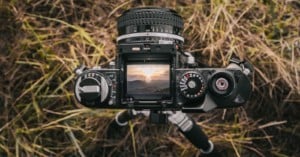
There’s a very succinct analogy by Marshall McLuhan, summing up our society’s focus on the past:
“We look at the present through a rear-view mirror. We march backwards into the future.”

If you were into photography in the early days of digital cameras, you probably remember the "revolutionary" Sony Mavica line, which used 3.5-inch floppy disks as 1.44MB "memory cards".
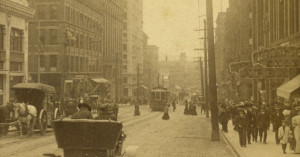
Back in 1907, a photo retoucher named C.H. Claudy wrote an article for Volume 17 of Camera magazine titled "Faking the Negative." In the piece, Claudy describes the latest and greatest techniques for "faking a photo" at the time.
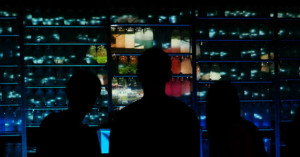
“Regardless of what it signifies, any photographic image also connotes memory and nostalgia, nostalgia for modernity and the twentieth century, the era of the pre-digital, pre-post-modern.” --Lev Manovich
There will always be a need to connect to the past. Contemporary culture actively and unconsciously cycles through past follies and reflects upon progress. It is no surprise then, that we see popular culture re-presenting past generations. Perhaps more so than any other period in our recent past, today’s pop-cultural climate is mimicking that of the 1970s.
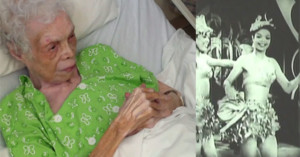
Check out the wonderful power cameras have in helping us relive old memories. The video above shows what happened …
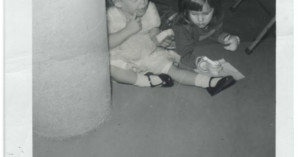
Portland-based Art Director Danielle Delph says she often wonders if her mother and her would have been friends if they had grown up together. And while that question can't be answered in a literal sense (yet... not giving up hope on a time-machine just yet), Delph put her impressive Photoshop skills to use answering it metaphorically.
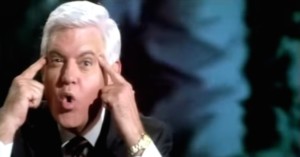
In the funny-but-also-sad ad from 2006, Kodak sought to convince the world that it was ready to move to the forefront of the digital revolution that it had given birth to and then ignored for so long. You know... the same one that ended up forcing the company to declare bankruptcy a little more than half a decade later.
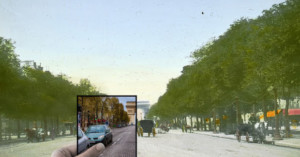
Always fascinated by the then and now series that make their way across the Web, photographer Samantha Decker wanted to give it a shot herself. The thing was, she didn't want to do the exact same thing everyone else was doing.
That's how she settled on a reality-altering series by the name of Now & Then: Seeing the Future from the Past.
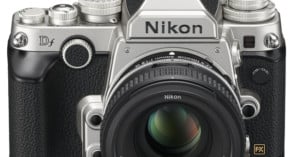
In an insightful essay about the "graying" of photography, Kirk Tuck opines about seeing 50-year old men proudly displaying their huge DSLRs while hanging out at the counters at the Photo Plus Expo in New York last month. The generation that obsessed over pristine primes, low noise and 16×20 prints has been supplanted by a gaggle of Snapchatting millennials for whom photography is no different than a text conversation.

In 2010, photographer Seth Taras created a series of photographs for a worldwide marketing campaign for the History Channel with the message "Know Where You Stand." The photographer shot photos at locations around the world where major historical events happened, and then blended old photos showing those events from the same perspective. It's the same "then and now" concept that has become quite popular over the past few years.
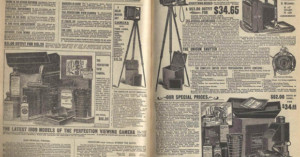
Want to buy all the camera equipment you need to start a photography business for just $15.35? All you'll need is... a time machine! Reddit user sneeden found this Sears Roebuck and Co. consumer guide for the fall of 1900. Two of the pages inside the catalog are for view camera kits that can help anyone "start in a pleasant and good paying business."
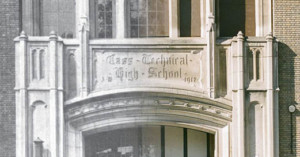
To "raise awareness of the social and economic challenges the city of Detroit," website Detroiturbex explores and photographs abandoned buildings and places in and around the city. One of its recent projects focuses on Lewis Cass Technical High School, which had its building devastated by a major fire in 2007 (the building was subsequently demolished).
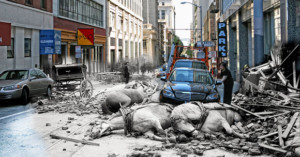
Two years ago, San Francisco-based photographer Shawn Clover began to create an amazing series of images, titled 1906 + 2010: The Earthquake Blend, featuring photographs captured during the devastating 1906 San Francisco earthquake blended into views of what the city currently looks like.
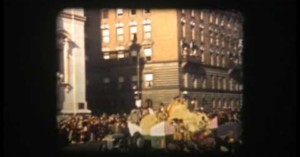
Here’s some interesting color footage showing the Macy’s Thanksgiving Day Parade in 1939.
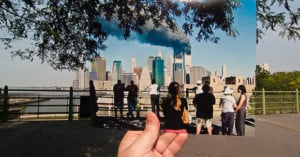
As a tribute to 9/11, Jason Powell revisited locations where photos of the attacks were captured on that fateful day and rephotographed them with the photos overlaid on the background.
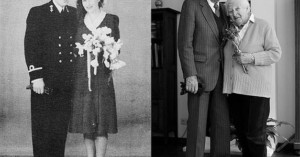
For his project "Back from the Future", photographer Sander Koot asked his subjects to find old photos of themselves that brought back good memories. He then made portraits of those people reliving those happy moments.
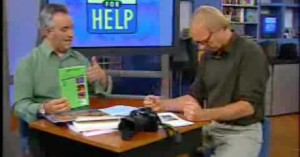
Here’s a fun blast from the not-so-distant past: the video above is a short clip from the TV show …
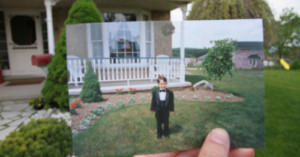
DEAR PHOTOGRAPH is a neat photo project by Taylor Jones that collects pictures of pictures from the past in the present. These are images that show old photos held up and aligned to the present day location, offering a glimpse into what once was.
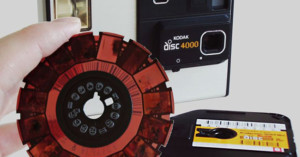
Here’s a fun bit of photo history: did you know that back in 1982, Kodak attempted to introduce a …
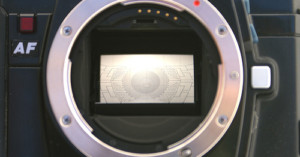
Did you know that Leica was actually the company that first invented autofocus? …

Here's a fun blast from the past: in the early 2000s The Daily Show ran this short segment in which Ed Helms (now known for playing Andy Bernard on The Office) introduces viewers to digital cameras. It's an interesting glimpse at how some people felt about the emergence of digital photography as it was starting to become popular.

“Moving Stills” is a short 10-minute documentary created back in 1978 to show how New York-based photo agency …
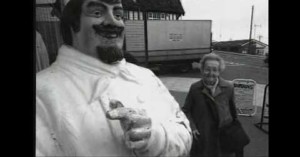
Did you know Nikon SLRs were doing video before things shifted toward digital? This commercial was made back in 1997 by Alastair Thain, and was shot entirely on a Nikon F5 SLR camera, which could shoot up to 8 frames per second. More than 200 rolls of 36-exposure film were developed to create the resulting film.
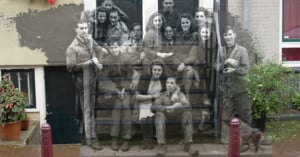
Jo Hedwig Teeuwisse is a historical consultant in Amsterdam who loves making photographs in …